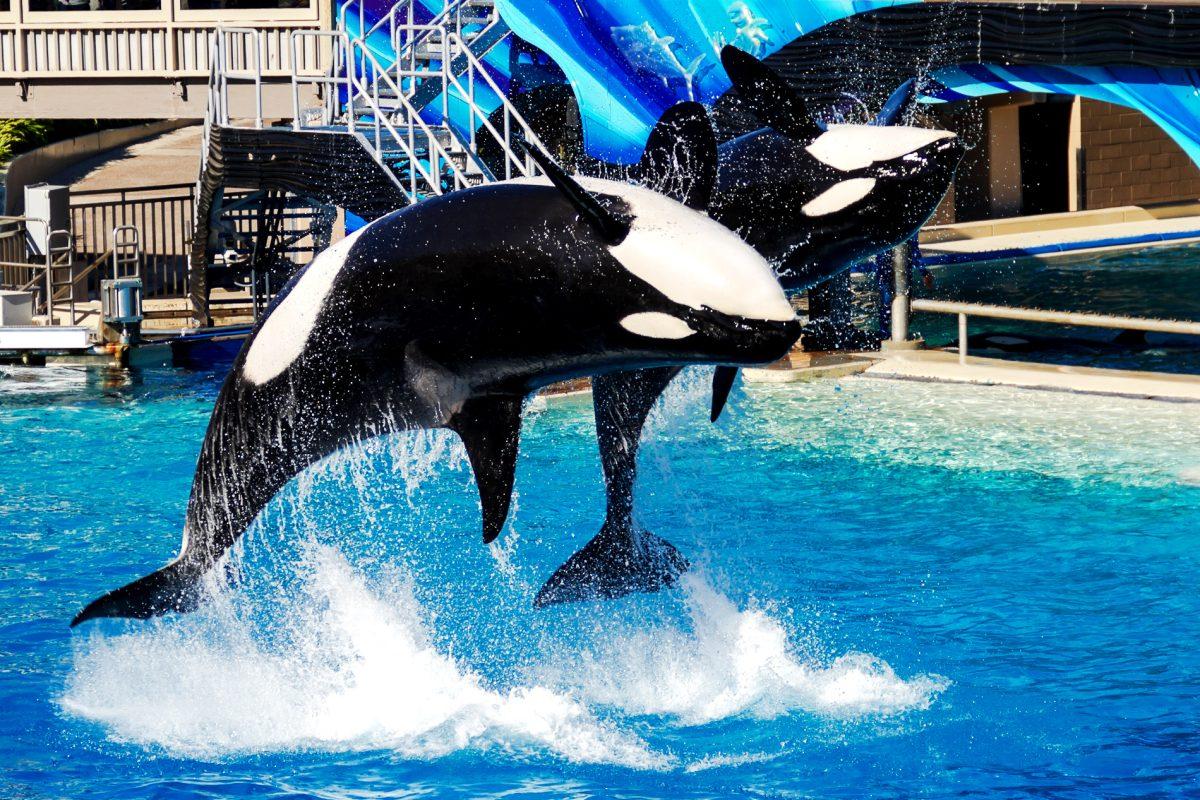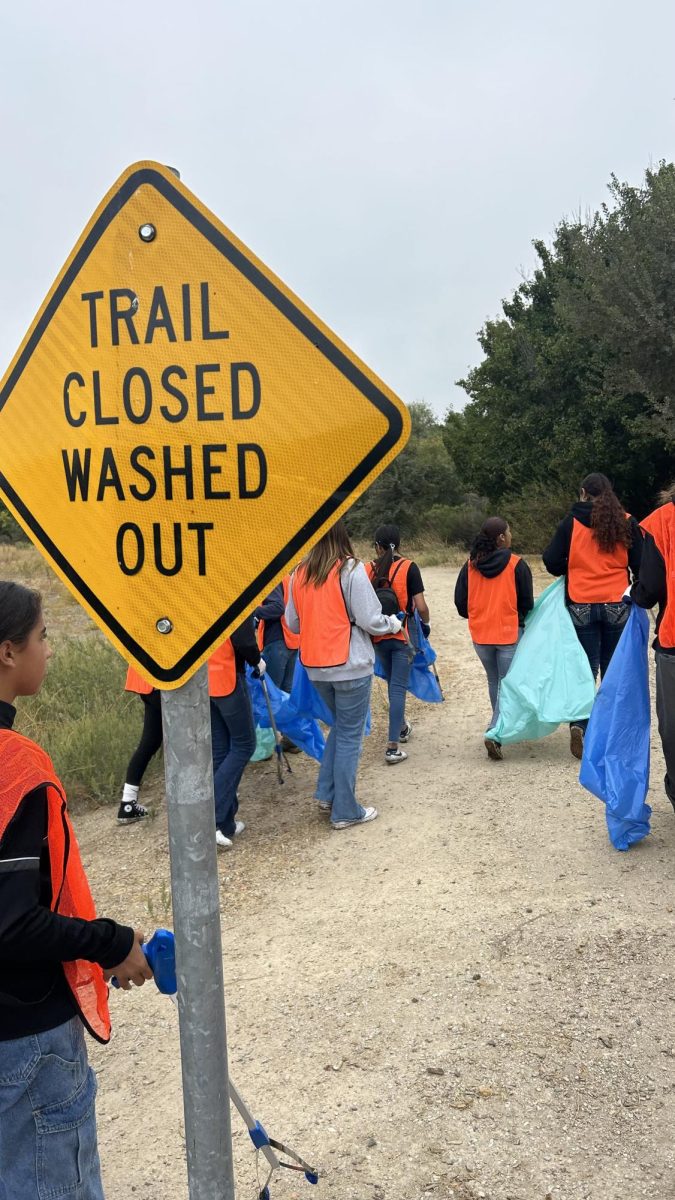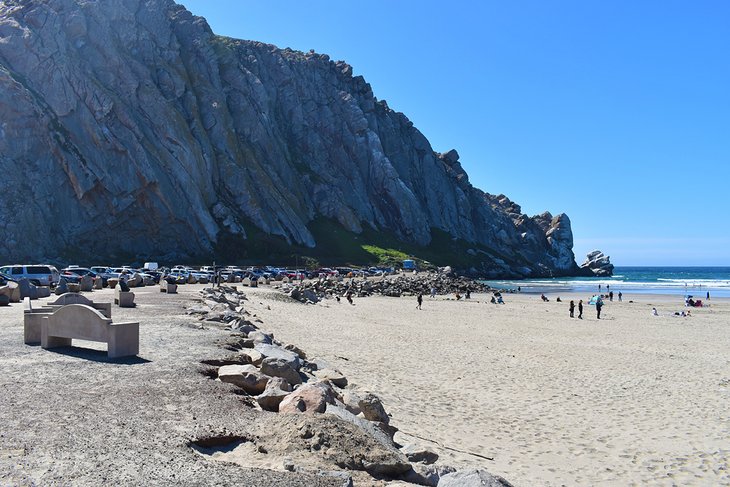Red fish, blue fish, green fish, Blackfish. The documentary, released in 2013, has raised scandalous assumptions on how SeaWorld treats their animals. Directed by Gabriela Cowperthwaite, Blackfish describes the life of SeaWorld’s leading male orca, Tilikum (Tilly for short). Taken from the wild when he was two years old, Tilikum lived in a on-the-water amusement park called Sealand of the Pacific. He spent seven years (1985-1991) sleeping in an enclosure 20 feet wide and 30 feet deep with two other aggressive orcas. He remained at Sealand until Feb. 20, 1991, when he killed Keltie Byrne, his trainer. In 1992 he was transferred to SeaWorld Orlando; weighing in at 12,000 lbs, he was twice as big as any other orca that SeaWorld had. It was there that Tilikum killed two people: Daniel Dukes, a civilian who snuck into the park after hours, and Dawn Brancheau, his own trainer. But it isn’t only Tilikum who has committed violent deeds on humans. More than 70 killer whale and trainer accidents have were accounted for according to Samantha Berg, a prior SeaWorld orca trainer. The question everyone’s asking is “why?” Why would these marine animals act out in such behaviors? Many say that it’s because of the mistreatment of the animals, that the orcas are being oppressed by SeaWorld. Others say that is because the orcas are ravenous, blood-thirsty creatures (they are called killer whales, after all). These rumors on marine-animal cruelty persists, and, just like gossip across a school yard, the accusations are just getting more and more outrageous.

SeaWorld, San Diego, was founded by George Millay, Milt Shedd, Ken Norris and David DeMott and opened on Mar. 21, 1964. “The parks’ up-close animal encounters, educational attractions and innovative entertainment are designed to inspire guests of all ages to celebrate, connect with and care for the natural world around them,” according to SeaWorld. SeaWorld, as an organization, takes care of 60,000 fish and 7,000 marine and land animals. San Diego SeaWorld, however, has 13,000 animals in its care. How could one killer whale really account for all of what SeaWorld is about? SeaWorld is about learning, observing and enjoying all that the ocean has to offer. They capture animals from the ocean and keep them confined in a habitable pool. A wild orca can swim up to 100 miles per day; with the size of their tanks, SeaWorld’s orcas would have to swim 1,208 laps around the perimeter of the largest tank to swim the equivalent of 100 miles, according to SeaWorldofhurt.com. And if they don’t get them from the ocean, their animals are bred within the confines of SeaWorld. One is their numerous goals is to “successfully rehabilitate animals for return to the wild,” according to SeaWorld. For the past 50 years they’ve taken in injured animals and cared for them and then released them back into the wild. Over 25,000 animals were helped and then released back into the wild, so they return to the Pacific ocean and can live and boost their population. However, they kept the original orcas and interbred them since capturing wild orcas is illegal.
Some vouch that SeaWorld opposers are overreacting. “People need to slow their roll… I love the whales! But I like the whales that are in the wild to be in the wild, and I like the whales that are born in captivity to stay in captivity because if they don’t they’ll die. And I don’t like dead whales,” said PRHS senior, Dakota Rodriguez.
Besides, SeaWorld has to follow the rules. If they were breaking some sort of code of conduct, then there would be penalties. After all, if they want to keep their gates open, they do have to follow the Animal Welfare Act, Endangered Species Act, and Marine Mammal Protection Act. These acts protect the orcas by stating that there are certain regulations people who own endangered, or just rare, animals have to follow. Yet if SeaWorld standards are regulation, it does seem to bring up if maybe it’s the rules that are all wrong. Perhaps it’s not SeaWorld that’s “inhumane”, but the rules that they have to abide by are.
Yet, how humane could it really be to keep wild, large, and intelligent animals in captivity? To kidnap a baby from it’s mother? SeaWorld separates the babies from their mothers even in captivity. Blackfish insinuates that these whales turn deadly because they are forced to be in small spaces, confined by cement walls. They are taught circus tricks like the common household dog, and if they do a trick wrong, they receive a three second pause after they return to their trainers feet instead of a treat. An equivalent to “No! Bad Dog.” After Tilikum killed Dawn Brancheau, they separated him from all the other orcas. He is in his own little swimming pool. Tilly is barely able to swim around. SeaWorld just keeps him around for breeding purposes. In fact, Tilikum has provided 21 baby orcas for SeaWorld, 11 of which are still alive.

Some argue that SeaWorld is simply a financial ploy. “SeaWorld is a money making operation. They are a for profit business. They try to sort
of spin themselves as being educational and scientific and philanthropic,” said Mark Dimaggio, PRHS Earth environmental, GEO, and biology teacher. In the documentary Blackfish, there are short clips of SeaWorld employees saying that their orcas live longer than the ones in the wild, when in fact Seaworld’s orcas live up to 30-35 years old, but an orca in the wild has almost the same lifespan as humans. How could SeaWorld be “educational” if they are spreading lies? Isn’t learning all about knowing the truth? Apparently not to SeaWorld. Tilikum’s dorsal fin is flopped to the side, as found in all other orcas held in captivity. Yet less than one percent of orcas in the wild have collapsed dorsals. SeaWorld said that a collapsed dorsal is completely and purely genetic. However, according to Dr. Astrid van Ginneken, who has studied wild orcas since 1987, dorsal fin collapse is due to swimming in circles, being at the water’s surface (gravity tends to kick in), warm water temperature, and a lack of exercise (no, splashing the crowd is not exercise). With the environment and conditions these orcas are forced to live in, many people would be ready to kill at this point.
“Orcas need the ocean… Even if it’s a pool the size of our campus that’s too small. It’d be way too confining for that large of an animal,” said Dimaggio. The size of pools at SeaWorld to the orcas is the same size as bathtubs are to us. Imagine being forced to live in a bathtub for your entire life. Pruny fingers would be the least of your problems.
In their hearts, SeaWorld loves the ocean. They think it’s wonderful and magnificent; that’s why they chose to exploit it. Tilly and every other orca held in captivity amaze and awe so many children and adults. But at what cost? SeaWorld says a $70.00 entrance fee. Others say the life of an intelligent, breathtaking creature.






